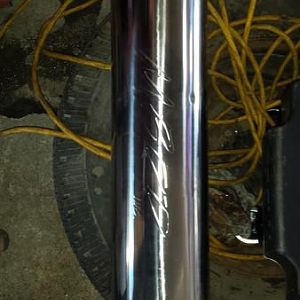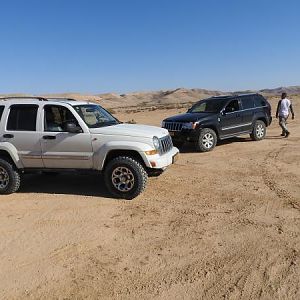- Joined
- Feb 15, 2006
- Messages
- 7,347
- Reaction score
- 7
Re: FWD all the Time
you mean one on each side? I don't get that, select trac sends %48 to front %52 to rear on FT. (although this feels more like 40/60)
That's actually no problem at all, it is Quatra-Trac ? or Quatra Trac - II or something like that I think..
valvestem said:Throw this into the mix: unless the vehicle has locking axles front and rear, the vehicle really does not have 4 wheel drive, only 2 wheel drive-1 wheel on each axle.
you mean one on each side? I don't get that, select trac sends %48 to front %52 to rear on FT. (although this feels more like 40/60)
jerbacher said:My mom's 05 GC has 2 options. Full Time 4WD (AWD?) and 4lo. No 2WD. Must not be a problem...
That's actually no problem at all, it is Quatra-Trac ? or Quatra Trac - II or something like that I think..










